Only logged in customers who have purchased this product may leave a review.
Products
- Home
- /
- Shop
- /
- By Grade
- /
- 6th-8th
- /
- Science
- /
- Branch of Science
- /
- Earth Science
- /
- Types of Volcanoes – Reading Comprehension
Types of Volcanoes – Reading Comprehension
$1.00
Here is a one page informational article to help students (6th-9th grades) learn about the various types of volcanoes and characteristics of each. After reading the text, student will answer questions to assess their comprehension.
Related products
-
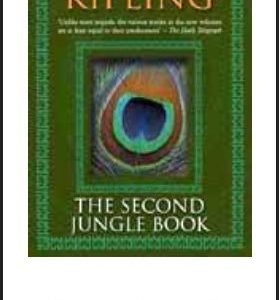 $2.50Buy Now
$2.50Buy NowThis is a downloadable copy of the book.
About the book: The Second Jungle Book is a sequel to The Jungle Book. First published in 1895, it features five stories about Mowgli and three unrelated stories, all but one set in India,About the Author: Joseph Rudyard Kipling was an English journalist, short-story writer, poet, and novelist. He was born in India, which inspired much of his work. Kipling in the late 19th and early 20th centuries was among the United Kingdom’s most popular writers. In 1907, he was awarded the Nobel Prize in Literature, as the first English-language writer to receive the prize, and at 41, its youngest recipient to date. He was also sounded for the British Poet Laureateship and several times for a knighthood but declined both. Following his death in 1936, his ashes were interred at Poets’ Corner, part of the South Transept of Westminster Abbey.
-
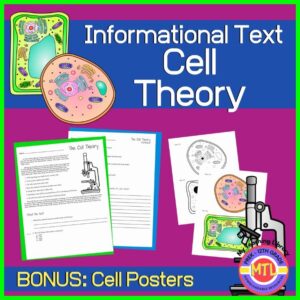 $2.50Buy Now
$2.50Buy NowA great introductory lesson on Cell Theory for your Science students. The text will teach students about the contributions of scientists Robert Hooke, Matthias Schleiden, Theodor Schwann and Rudolf Virchow. It lists the 3 basics of Cell Theory as well as the 3 ‘modern’ ideas that have been added to Cell Theory.
This resource includes:
- Informational Text
- Assessment of student understanding (multiple choice and short essay)
- Answer Key
- BONUS: B/W and Color posters of animal and plant cells.
-
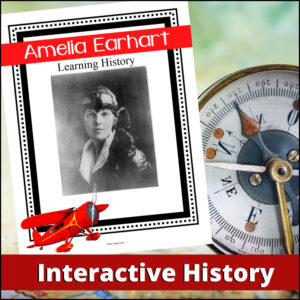 $7.00Buy Now
$7.00Buy NowCross-curricular and engaging, this Amelia Earhart project-based unit will have students using a variety of Language Arts skills as they learn about history!
Includes:
- * A brief history of her life story with reading comprehension questions
- * A detailed timeline from which the students are asked to pull the most important events and create a graphic timeline
- * 30 Vocabulary words (with assignments)
- * Research questions (for further thought, research and essays)
- * Additional project ideas
- * Photos for projects
-
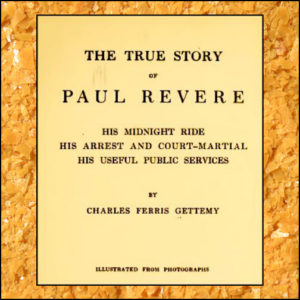 $3.00Buy Now
$3.00Buy NowThis is a downloadable copy of the book. (358 pages)
About the book: Published in 1905, Gettemy writes of Paul Revere’s midnight ride, his arrest, court-martial plus his ‘useful public services’. Paul Revere ( December 21, 1734 – May 10, 1818) was an American silversmith, engraver, early industrialist, and a patriot in the American Revolution. He is most famous for alerting the Colonial militia to the approach of British forces before the battles of Lexington and Concord, as dramatized in Henry Wadsworth Longfellow’s poem, “Paul Revere’s Ride”. Revere was a prosperous and prominent Boston silversmith, who helped organize an intelligence and alarm system to keep watch on the British military. Revere later served as a Massachusetts militia officer, though his service culminated after the Penobscot Expedition, one of the most disastrous campaigns of the American Revolutionary War, for which he was absolved of blame. Following the war, Revere returned to his silversmith trade and used the profits from his expanding business to finance his work in iron casting, bronze bell and cannon casting, and the forging of copper bolts and spikes. Finally in 1800 he became the first American to successfully roll copper into sheets for use as sheathing on naval vessels.
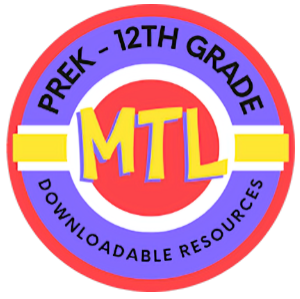

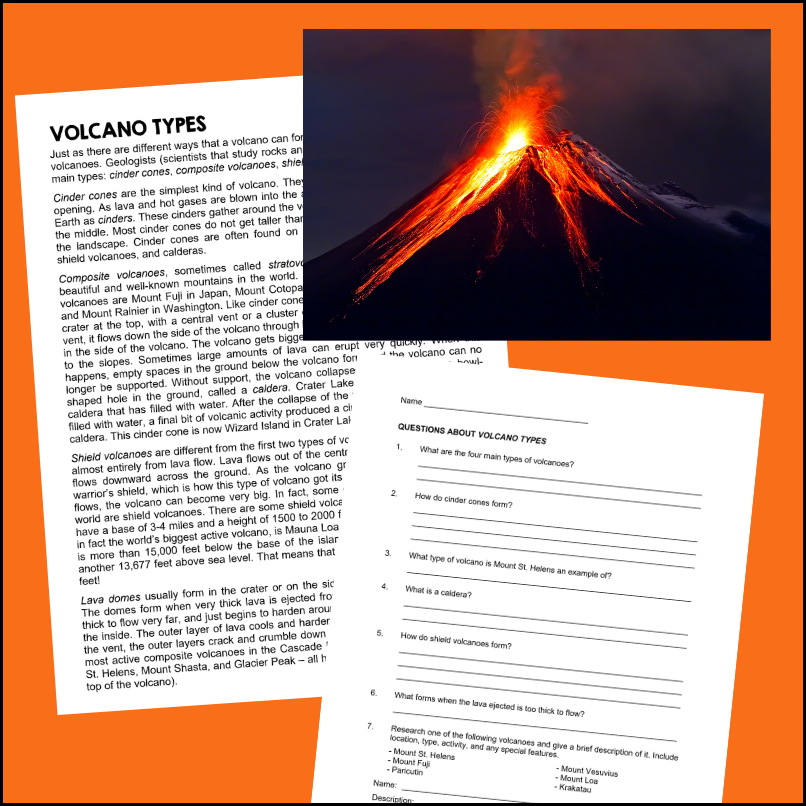
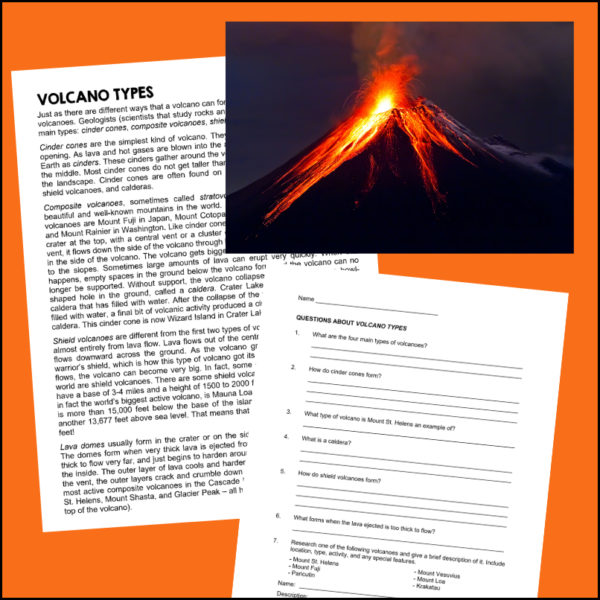
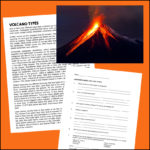
Reviews
There are no reviews yet.